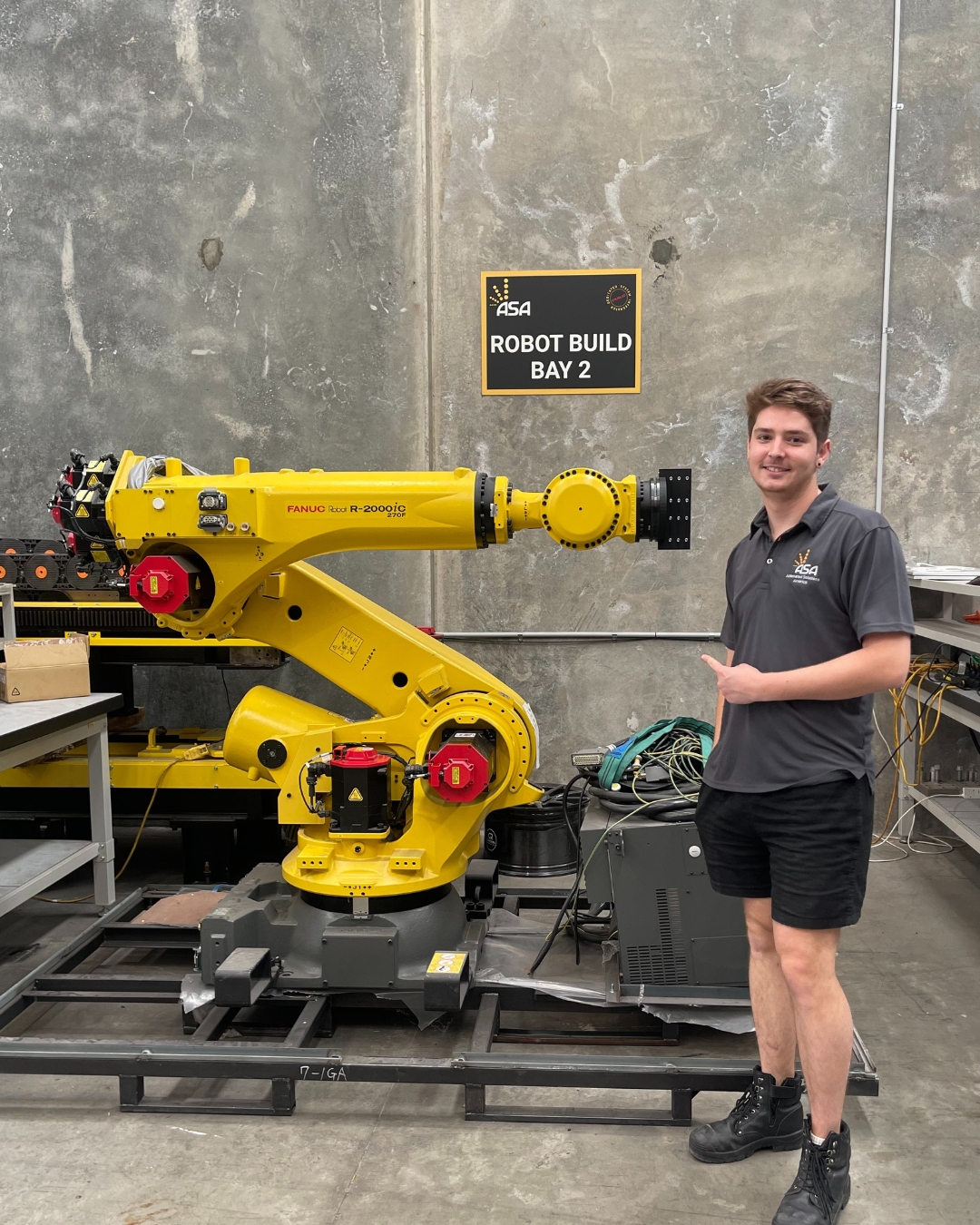The development of robotic arms has revolutionized the manufacturing process, making use of precision, safety efficiency, and other elements that were previously unimaginable. These amazing machines – commonly known as robot arms have become indispensable to industries all over the world driven by an urgent need to cut operating costs without sacrificing quality. Incorporating robotic arms into the production line allows manufacturers to not just cut costs but also improve worker safety and efficiency. We’ll investigate how these groundbreaking robots are changing the face of industry.

Image credit: automatedsolutions.com.au
Cost-effectiveness is driving the adoption of robotic arms around the world. The demand on factories to decrease production errors, waste materials and workplace accidents is relentless. Robotic arms face these challenges head-on. Unlike human workers, robot arms perform repetitive tasks with pinpoint precision, eliminating costly mistakes and reducing waste of raw materials. In high-volume industries like automotive manufacturing, robots ensure an exact assembly process by using precise welding and part placement. This ensures significant savings since fewer imperfections result in less waste, rework and work.
Safety is the second main element in the revolution of robotic arms. Many manufacturing tasks like working with hazardous materials or employing heavy machinery could be hazardous for human workers. By using robot arms employers can keep employees out of the dangerous surroundings, dramatically decreasing the chance of injuries sustained in the workplace. Robotic arms are made up from a set of moveable joints that replicate the human arm’s functionality. But, they work without danger of injury. With programmable end effectors essentially robotic hands the machines can be used for tasks like grabbing, spinning or welding in situations that are hazardous for humans.
The versatility of robotic arms makes them a game-changer across diverse industries. Robot arms can adapt to many different tasks, from assembly for automobiles to electronic production. They can perform complex operations with unparalleled precision, such as painting and tending with a machine. In warehousing and storage, robotic arms have changed palletizing by automating the process of loading items onto pallets with accuracy and speed. Automation not only improves efficiency however, it also improves reliability because robot arms are able to be productive without fatigue.
One of the most thrilling developments in this field is the development of collaborative robots also known as cobots. These robots work alongside human employees. Cobots, that are outfitted with robotic arm, can communicate with humans seamlessly in contrast to industrial robots which are generally restricted to cells. The robotic hand of a cobot is able to do difficult lifting tasks and repetitive tasks in factories, which means humans are freed to focus on more difficult tasks. The collaboration improves efficiency and ensures a secure workplace since cobots may be programmed to alter or stop their movement when someone is nearby.
Robotic arms have a significant impact on modern manufacturing, and not just in terms of safety or efficiency. The ability robotic arms to carry out tasks that require precision, such as welding, material handling, or assembly have made them indispensable for industries where safety is the top priority. Robotic arms, for example, can be utilized to rotate and place parts during assembly in the automotive industry to ensure that they are in perfect alignment with no human involvement. In the field of electronics, robots are used to handle fragile components, which minimizes the risk of damage and enhances the quality of output.
As industries continue to grow as they continue to evolve, the significance of robotic arms will only increase. Since they can lower costs, increase safety, and adjust to various tasks, robotic arms are essential to the future of manufacturing. Combining cutting-edge technology with human ingenuity Robot arms are not just tools they’re partners in progress, driving innovation and altering the way we create our world.